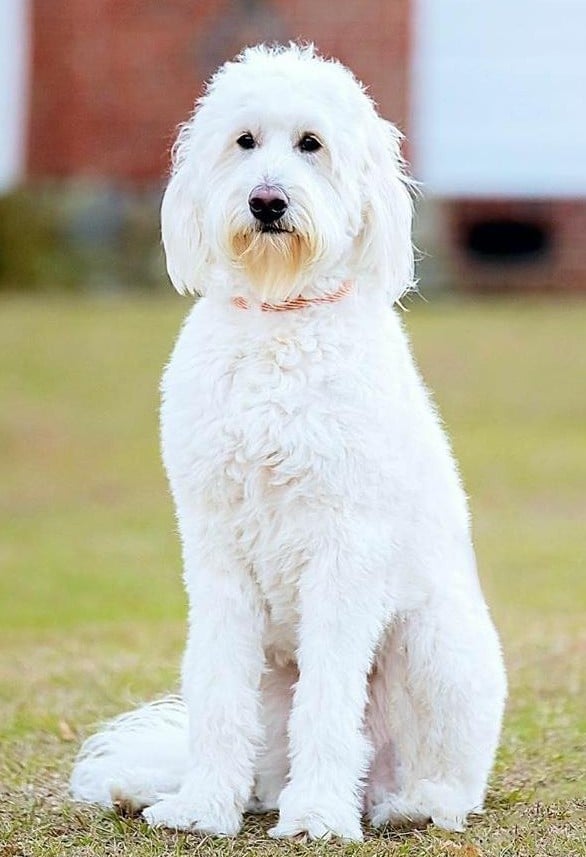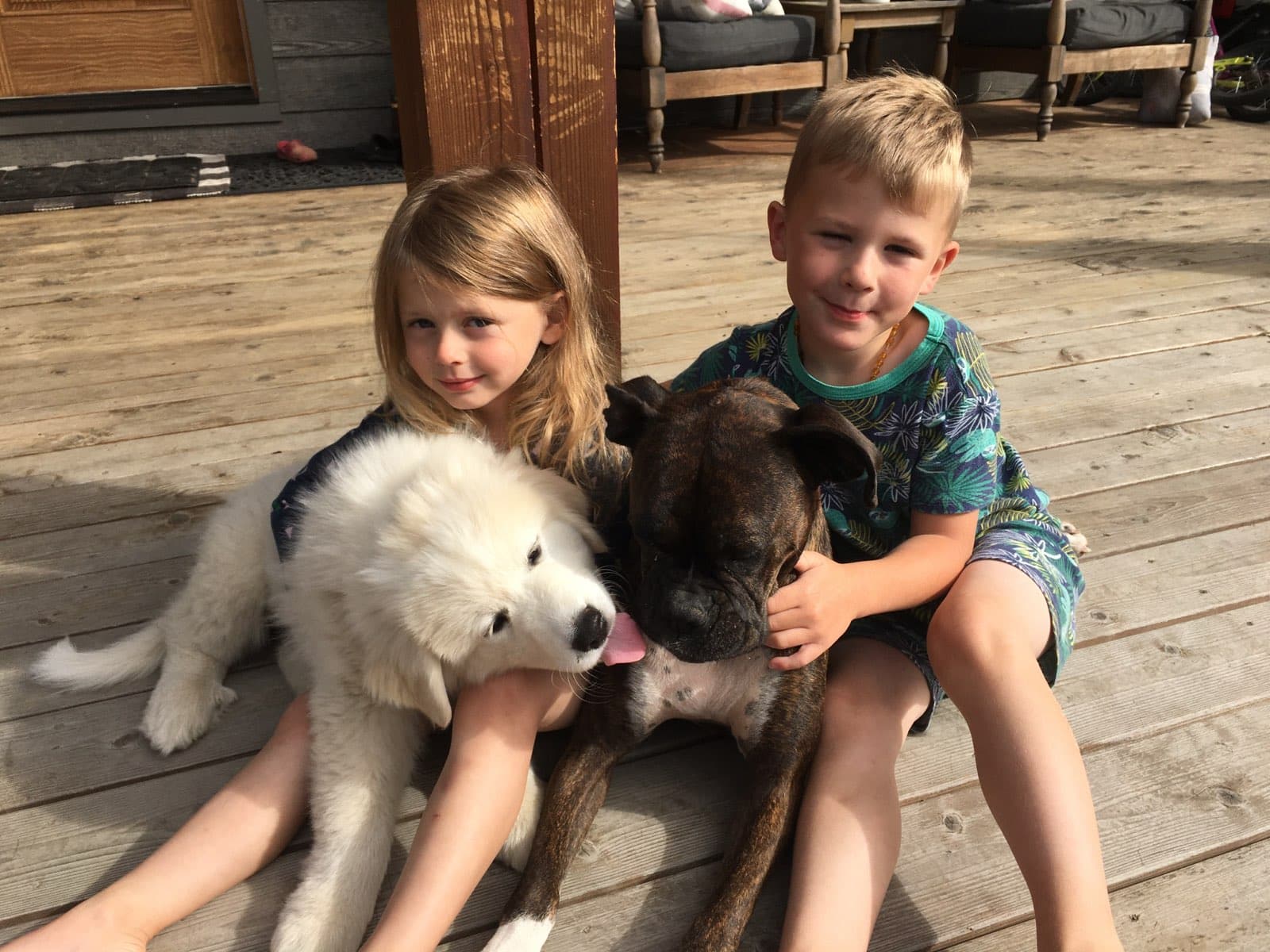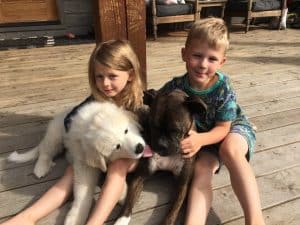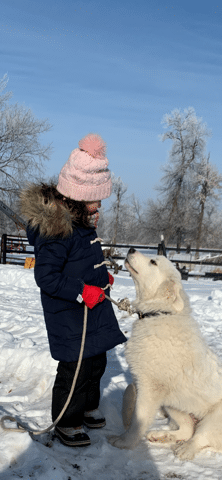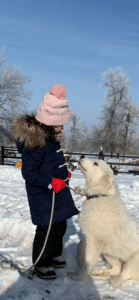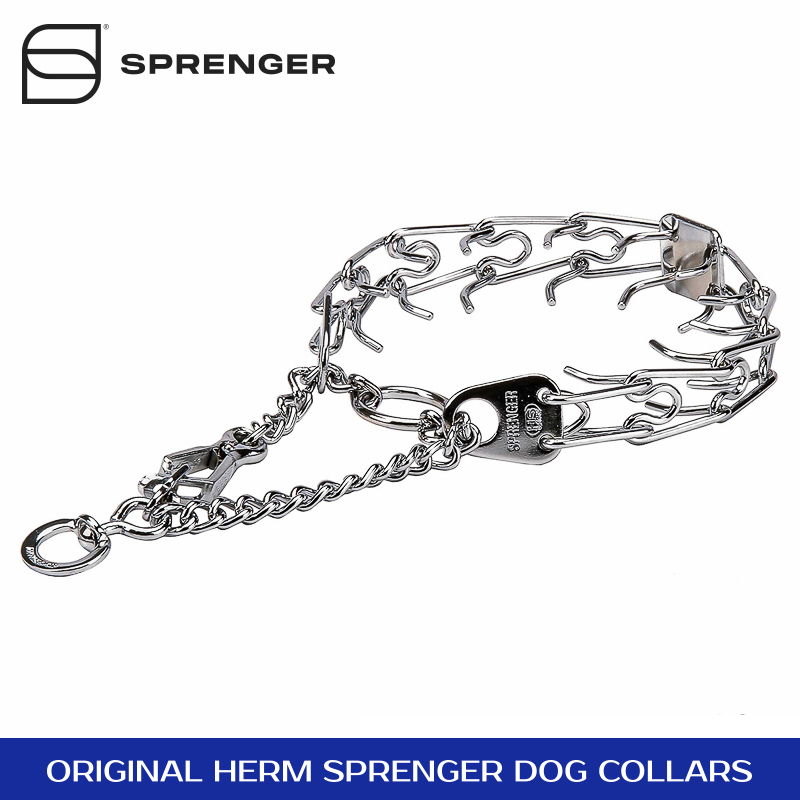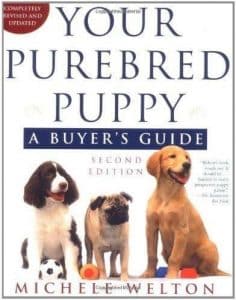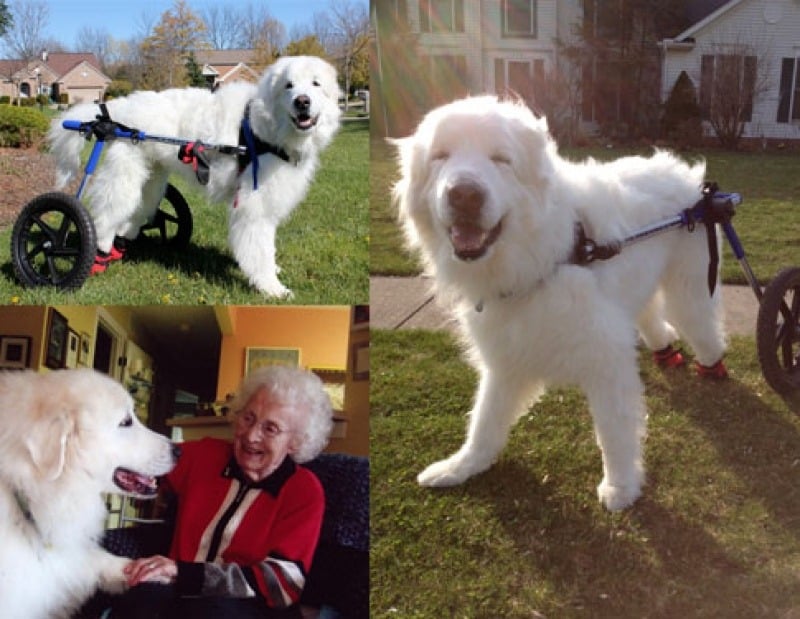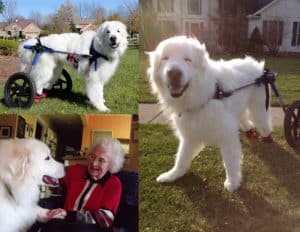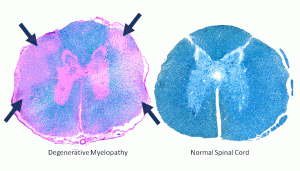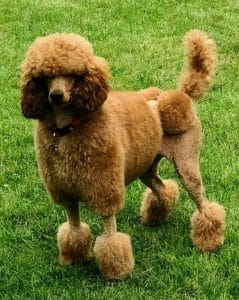

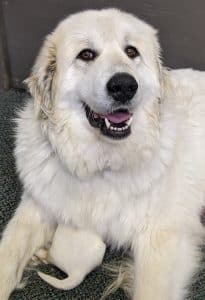
“Is a purebred or mix-breed dog better?” What I say may offend some of you. But this may be due to a tendency to humanize our dogs. Please read this article thinking of a dog as your companion, friend and protector. That was and continues to be the primary role of the Great Pyrenees.
Some people believe the breeding of one purebred to another purebred is wrong. Some people think you can breed any two dogs together. What do you think? Is it better to buy a purebred or mix-breed dog?
Purebreds are dogs with minimal variability. They were purposely bred that way at one point because their owners wanted certain physical and behavior characteristics that were already present to be more consistent with their off-spring. Is the dog black, white, brown, spotted, long hair, short hair, no hair, etc. Does the dog point, bark, retrieve, attack, dig, dive, run or sit on your lap?
Often a father dog (sire) was bred to one of his daughters (dam) to concentrate the genetics of that sire specifically. This happens in nature all the time, and especially in deer. This would be repeated to grand-daughters, great grand-daughters, and so forth. Each breeding would further concentrate good and bad genetics within the off-spring. High percentages of these dogs would die because of the matching up of fatal mutations. Others would be sickly and malformed because of non-fatal mutated genes matching in such a way that we would call in-breeding. A few of these would become something to be proud of and would more and more consistently exhibit the excellent attributes that were desired. This is due to normally functioning genes being present in the genes. We would call that line-breeding.
Did you catch the difference between line-breeding and in-breeding? This is how all purebreds were produced. It was when it worked versus when it didn’t work. This was originally done in the age when we didn’t have AKC, OFA, Penn Hip, or genetic tests. Purebreds must be closely monitored for quality because the gene pool available for that breed are quite limited. Also, there can be a new mutation at any time, and breeders need to be aware of this and ready to cull the genes from their breeding dogs.
Mix-breeding is taking different breeds and breeding them together. The hope is that you are achieving the goal of healthier puppies partially through a process known as hybrid vigor. I was first introduced to this process in cows by a local farmer breeding French Tarentaise to Angus. This resulted in an average increase in size of 200# which really paid off when that calf went to market. I later applied this principal to goats. I liked how the meat genetics of the male Boer crossed with any female dairy goats produced increased profits. The reason for this is the increase in the diversity of genes that can frequently make off-spring more resilient to disease. The more diverse the genes are between the breeds, the more hybrid vigor you will often have. The issue is that you can’t breed a poor quality animal to another poor quality animal and expect something significantly better to be produced. We must breed quality to quality.
One additional note about mix-breeds. Virtually all dogs that are mix-breed accidents are dogs to steer clear from. I once knew a family that didn’t neuter their lab because it had a heart condition and the veterinarian didn’t think he could make it through it. Many dog owners have a reason not to neuter/spay their dogs. Nearly every dog should be spayed/neutered unless they are purposed to be in a breeding program. Don’t let someone sell you a “cheap” dog. The health problems and uncertain parentage are not worth the risk. Yes, I know I’m a snobby breeder. But, I’ve see some very sad stories of people trying to get rid of dogs.
Breeding quality to quality is an immutable rule that cannot be broken if you want quality. This is a difficult thing to assess. This is why the American Kennel Club exists. They help to identify dogs worthy of Champion titles based on structure and movement of that structure. However, we can now add in genetic testing and radiologic testing that can predict disease processes that will be present during the lifetime of any Champion. What happens if a Champion develops severe hip arthritis at 6 years old? I believe he is not worthy of the Champion title earned previously and that with our current testing capabilities the breeder should have done testing to identify those variables in addition to what the AKC has done well for such a long time to make a good thing even better.
The second reason for mix breeding is to have some of the traits of each parent dog. This is a gamble and is less predictable than in purebreds but does have a measure of predictability. The advent of genetic tests for color, beards, hair curl, etc makes this even more predictable.
Making a good thing better is the point of this article. If you can make a good thing better then do it. Make a better mattress, car, cell phone, rhubarb crisp recipe, or pair of socks. If making a better puppy involves hybridizing, then do it. But don’t expect that puppy to be better if you aren’t breeding quality dogs. Otherwise, you will continue to perpetuate the question “Is a purebred or mix-breed dog better?” Let your outcomes be the answer to that question and withhold judgment on people that are striving for excellence with a fresh approach.
Up North Pyrenees strives for excellence for the glory of God, for ourselves, for our customers and especially for our puppies. We hope that we will be your choice whether you buy your next puppy. Make it a great day and please recommend Up North Pyrenees to a friend.

